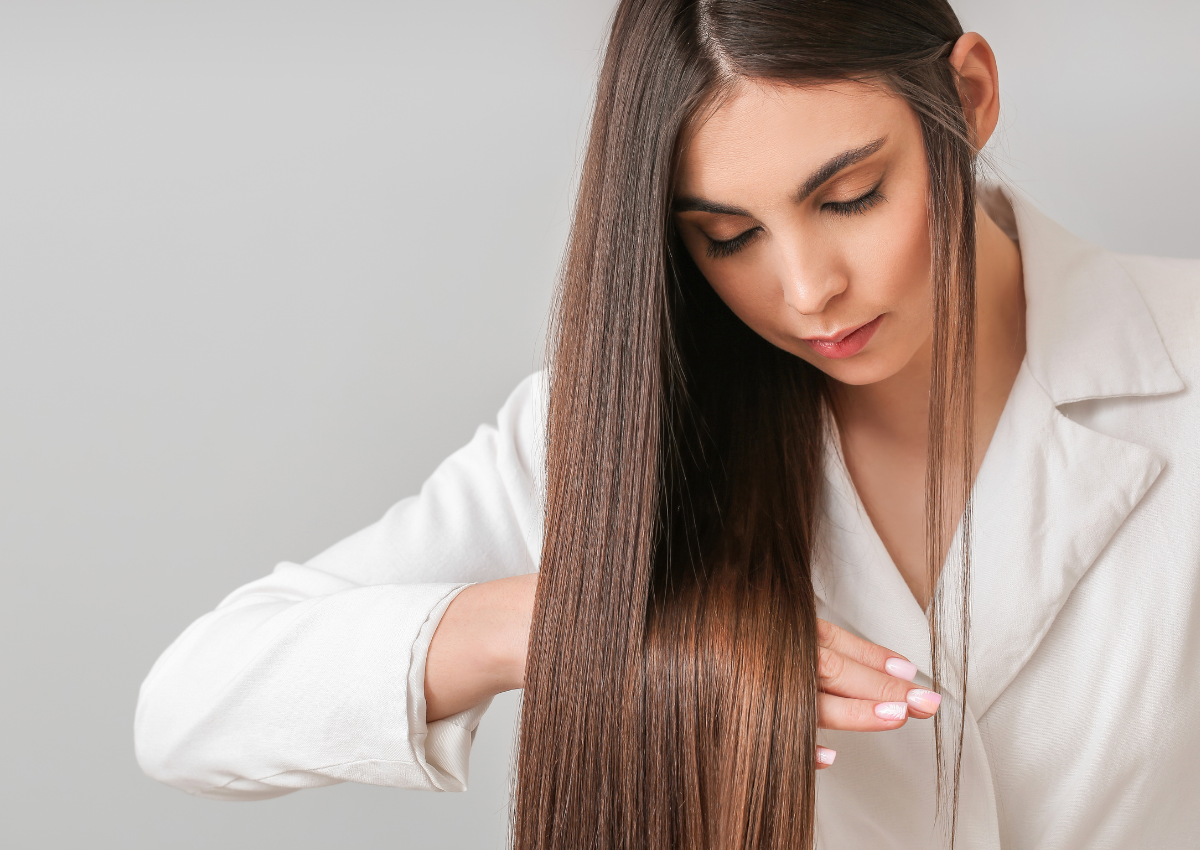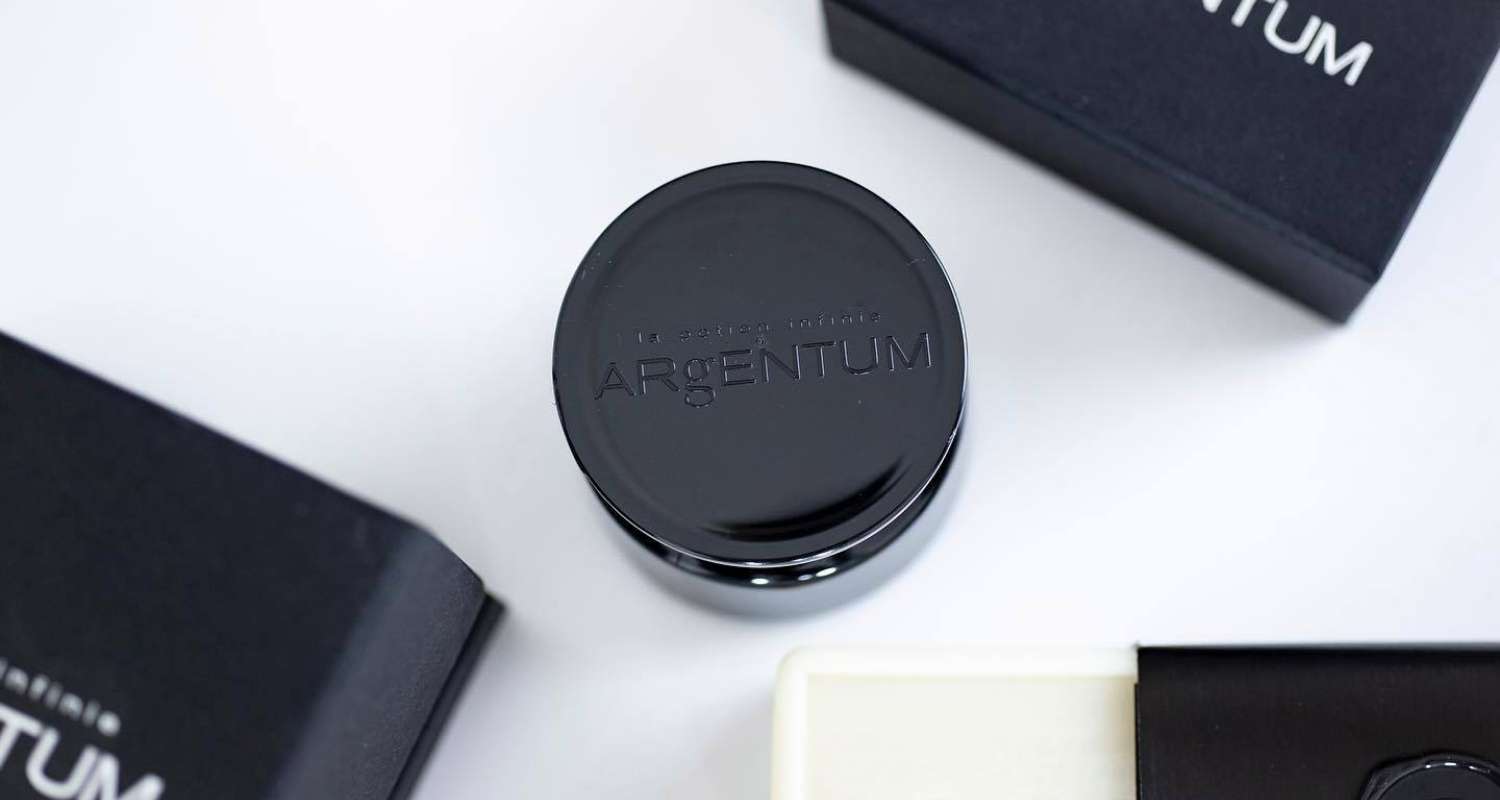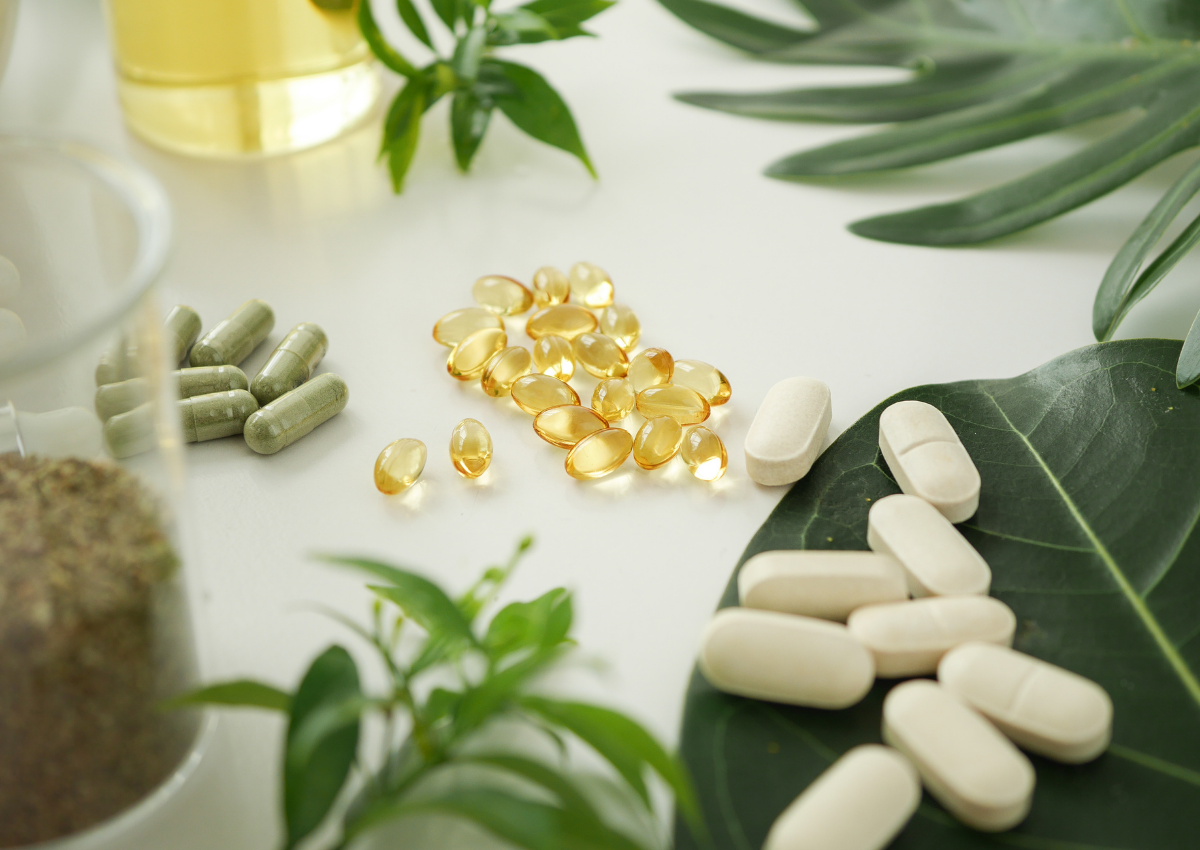
What exactly is seborrheic dermatitis?
We continue the week talking about seborrheic dermatitis. It is one of the main causes of flaking of the scalp in the form of dandruff, a problem suffered by up to 50% of the adult population. It also produces irritation and eczema in other parts of the body, becoming very annoying for both the skin and hair.
What exactly is seborrheic dermatitis?
Seborrheic dermatitis is a chronic inflammatory skin disease in which damage to the sebaceous glands occurs . It is often the cause of dandruff on the scalp, a problem that a large part of the population suffers from.
This process causes skin redness and the shedding of white or yellowish scales with a greasy texture. Redness and itching occurs, which will be more intense in case of infection. Hair loss may also occur and the lesions may bleed when scratched.
Seborrheic dermatitis is a typical eczema of the oiliest areas of the skin such as the scalp, behind the ears, eyebrows, nose, nasolabial folds or the middle part of the chest. It is also typical of babies, in whom it is known as “cradle cap.”
How does seborrheic dermatitis occur?
The exact mechanisms by which this condition develops are unknown. We do know that there is an overproduction of fat by the sebaceous glands, in which different factors seem to be involved: hormonal processes, stress, diet, pharmacological treatments or genetic predisposition. It is also related to superinfection by the fungus Malassezia furfur.
Risk factors that can trigger or worsen outbreaks include:
Poor diet: An excess of fats, carbohydrates or toxins such as alcohol can translate into overproduction of fat at the skin level. A deficiency of group B vitamins could also be related.
Chemical and/or physical attacks: Shampoos and soaps that are too alkaline, cosmetics with alcohols or other toxins or excessive exfoliation irritate the skin and unbalance its natural regulation, favoring the appearance of eczema such as seborrheic dermatitis.
Environmental factors: Temperatures that are too cold or too hot, climates that are too dry or environmental pollution act as aggravators of this problem.
Stress: As in many other skin conditions, the psychological state is of great influence when it comes to keeping symptoms under control. Stress, lack of sleep or emotional disturbances are not good allies when it comes to combating dermatitis.
Organic diseases: Seborrheic dermatitis can be triggered by other diseases that would alter the normal functioning of our skin. Obesity, acne, diabetes or skin allergies to metals are some of them.
How can I identify if I have seborrheic dermatitis?
-
Seborrheic dermatitis, unlike atopic dermatitis, produces greasy peeling, white and/or yellowish in color and greasy to the touch.
-
It typically appears in oily areas of the skin: scalp, eyebrows, behind the ears, some areas of the face...
-
The skin has a greasy and oily appearance, with a red and irritated background.
-
On the scalp it produces dandruff with a greasy consistency. The hair also looks greasy.
-
In babies and children under 3 years of age it produces the so-called cradle cap. They are larger, yellowish fatty crusts generally distributed throughout the scalp.
Possible treatments for seborrheic dermatitis
Seborrheic dermatitis lacks a specific treatment, except in severe cases in which the doctor may recommend a specific drug. To avoid this, good daily care is essential to limit outbreaks and reduce injuries as much as possible. For this, at theCosmethics we give you the best natural tips:
-
Avoid predisposing factors: Controlling diet, stress and protecting yourself from cold and heat are the first step in skin care.
-
Hydration: Even if the skin appears oily, it is essential to hydrate it, since it is very irritated. Always avoid products that contain alcohol and use creams and lotions with very moisturizing but non-comedogenic oils, that is, they do not clog pores. Almond, olive, argan , jojoba or grape seed oil are super moisturizing and very non-comedogenic, making them the ideal ingredients to hydrate skin with excess oil.
-
Avoid aggression: Avoid unnecessary showers and excessive washing of injured skin. Do it with a very mild soap or just water and dry well with a very soft towel. Avoid too strong shampoos and soaps and aggressive hair dyes. Use mild, natural shampoos free of chemical ingredients.
-
Aloe Vera: Aloe vera juice can be a great ally to hydrate and treat dermatitis. In addition to its moisturizing, nutrient and regenerating effects, it is also a good antiseptic and anti-inflammatory, which can reduce irritation and prevent superinfection.



Leave a comment
This site is protected by hCaptcha and the hCaptcha Privacy Policy and Terms of Service apply.